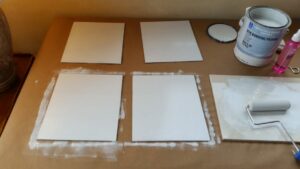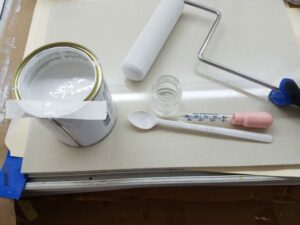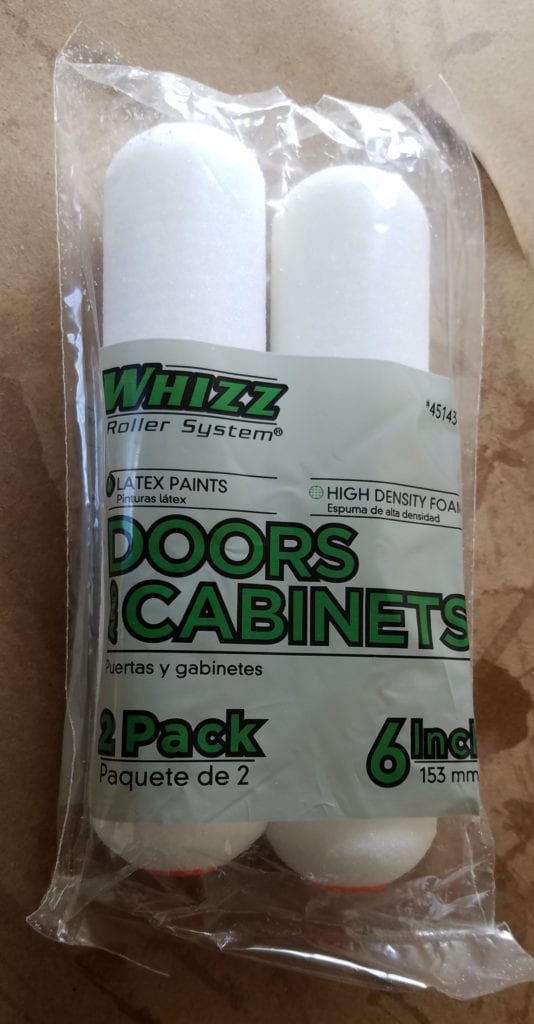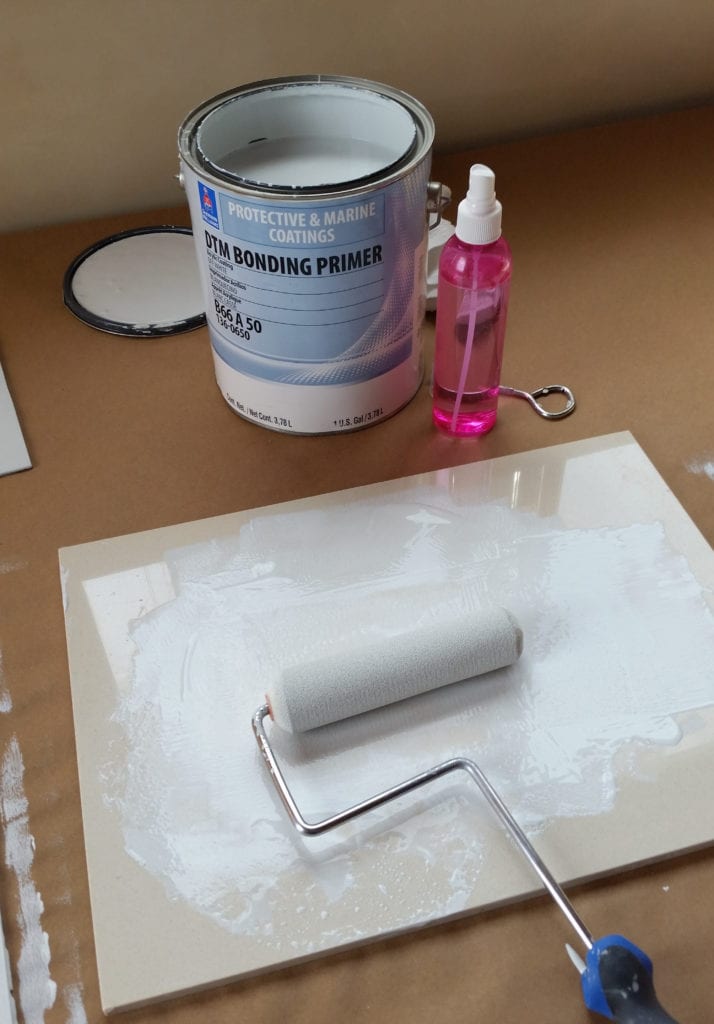One day a painter friend gave me a linen panel. It was a primed with four coats of an oil based ground. It was beautiful. After that, painting on canvas from the hobby/craft store would never be the same. I was used to painting on canvasses that were very absorbent but I was happy to paint and had no other experiences to compare. So, for me, this oil-based linen panel was one of those “Once you’ve been to Paris” moments, life would never be the same.
The linen was applied to a Dibond ACM panel and that was as impressive as the linen. This Aluminum Clad Panel has a nice, clean, light and sturdy feel. And it is very archival. It doesn’t require several coats of sealer to keep the oil in the Masonite from migrating into the painting. It is priced about the same as Masonite and cuts easily on a table saw. What’s not to like?
Then came the harsh truth. Where do I buy this linen? It’s sold in big rolls and it’s very pricey. I buy small partial rolls when I want to paint on linen and that’s a special treat, but those moments seem to involve smaller paintings. For larger paintings, I’ve been experimenting with finding that same “linen experience” with an oil based ground applied to an ACM panel. I’ve discovered that there are a number of painters that are applying acrylic gesso to ACM panels, but there were very few preparing panels with an oil base ground. And so began my search to find an oil grounded panel that I liked.
The Process
An ACM panel comes coated with a polyester coating so you don’t have to deal with the oxidizing nature of the aluminum. To prepare the panel for the ground application, the glossy surface needs to be scuffed up. I use an electric hand sander with 320 grit sandpaper. I use very light pressure, being careful to not sand thru the finish into the raw aluminum. I wash off the panels with water and dry them and the sanding is finished.
Grounds and Primers
There are a number of grounds and primers that I’ve tried. The list involves Acrylic Gesso, Linseed, and Alkyd oil-based primers. The pigments are usually Titanium or Titanium/Zinc mix or an ever decreasing offering of Lead pigments. I try to stay Zinc free and most often choose Titanium or Lead-based grounds. I researched many of the archival materials sites online and called the manufacturer’s tech departments. I experimented with a number of grounds and acrylic gessos. They all worked well with slightly differing surfaces. The trick is to find the one that suits your painting nature. Then through trial and error, the task is to discover how to create that special “just right” texture.

The different ACM manufacturer’s tech articles that I reviewed all recommend an acrylic bonding primer. Sherwin Williams DTM B66A50 Bonding Primer was mentioned by several as was XIM/UMA brand bonding primer. I’ve been using the Sherwin Williams DTM B66A50. I like the aggressive bond it makes with the polyester surface of the panel and the very smooth, but toothy, surface it presents for the top coat application.
Today, several of the ground manufacturers are recommending that their acrylic gessos and even alkyd grounds can be applied directly to the lightly sanded ACM panel without a bonding primer. I’m sure that works well but I’m still partial to the DTM bonding primer and like the way it feels.
Application Techniques
To apply the DTM primer I first wipe down the sanded panel with alcohol using a lint-free cloth and apply the primer with a white 6” high-density foam roller from Lowes. I load the roller evenly by working it out on a large glass palette and apply several thin coats to the panel. I use a plant mister, if needed, to thin the water-based acrylic primer just a little. I usually apply 3 thin coats keeping the surface as smooth as I can.
For Acrylic Gessos and the Oil Based Grounds, I use the same roller and application method. I thin the oil-based grounds on the palette with a drop or two of OMS if needed.
By varying the viscosity on the palette and loading the roller differently, one can create a variety of textural experiences. There are many techniques to adjusting the texture, such as a light roll over the ground a few minutes after it’s partially dried. Also, you can experiment with different textured rollers, or try a heavier roller loading. Varying application pressure is also another variable. Keep trying until you find your favorite surface.
I’ve tried Gamblin Oil Based Ground, Windsor, and Newton Primer as well as several from Natural Pigments. They all worked well. I’ve also used Liquitex and Golden Acrylic Gessos. For Gessos, I apply three to four coats of gesso waiting about 4 hours between coats. Both gesso brands worked well. Gesso tends to be more absorbent than the oil based grounds.

For Oil based grounds the feel of the ground as it’s rolled out on the palette and onto the panel is different but the method and techniques are mostly similar. The time between coats is much increased as drying times are longer as well as cure times before painting. Usually, two to three coats are required. My favorite texture is a semi-smooth slightly pebbled surface, smooth, but not too smooth.
ACM panels are becoming more popular and are seen more and more in major art shows and galleries by major artists. There are several companies now offering finished grounded panels online. I’ve ordered several panels from Trekell.com and from other online sources. Each surface has a different feel and texture so discovering one’s favorite is the key.
Today, one can order a panel and not have to go through all the hassle and mess of prepping and grounding. And they are usually reasonably priced so “if” you can find the brand that has your “preferred” texture then your life is a lot simpler. That all works if you need a small panel that can easily be shipped through the mail, otherwise, you are on your own.
Each artist will have their own surface preferences. I’ve found mine in oil grounded linen but if I’m wanting something a little cheaper I can still find “my surface” by priming my own ACM panel.


Leave a Reply